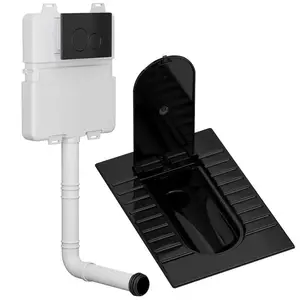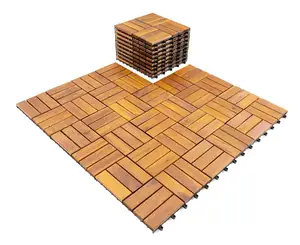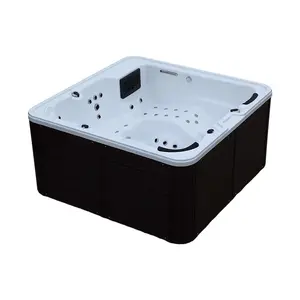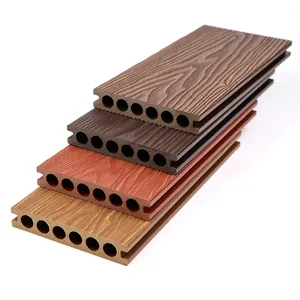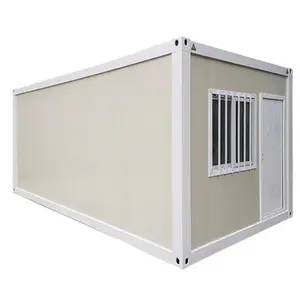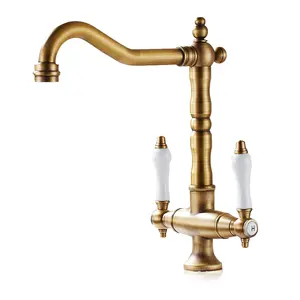Popular in your industry









































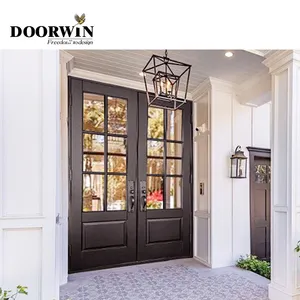



































Related Searches:























































































































































Top categories
About solid french doors interior
Introduction
Welcome to a journey of elegance and transformation. This article explores the charm and sophistication of solid French doors and how they can redefine your home's interior. Originating from the artistic flair of the French Renaissance, these doors have evolved into a symbol of beauty and functionality. We delve into their structure, materials, and design variations, and highlight the numerous benefits they offer. From enhancing privacy to improving aesthetics and boosting home value, solid French doors are a versatile addition to any home. We also provide practical considerations for their installation, discussing space requirements, cost factors, and maintenance tips. Let's step through the grandeur of French doors and discover how they can transform your living space.
The Charm of French Doors: A Brief History
The history of the French door began with the artistic and cultural growth of the 17th century French Renaissance. Inspired by the ancient Romans’ fondness for symmetry, balance and geometry in architecture, French doors were first designed as tall windows large enough to allow a person to step onto a balcony. French doors’ signature glass panes reflect the country’s focus on light and openness, which were typical of the time.
Understanding the Structure of Solid French Doors
Solid French doors are meticulously designed to mimic the original window sash, using the same narrow muntin width and profile. The doors' thickness is a crucial factor, with thicker doors providing stability and reducing the likelihood of warping. The doors feature a narrow muntin, which is a historical indicator of a home’s vintage. The doors are also double-glazed for energy efficiency, with a removable, single-pane 'energy panel' set flush with the outside of the door. The width of the stiles and rails for the French doors is coordinated to prevent an obstructed view.
Materials and Design Variations
Solid French doors come in a variety of materials, sizes, and designs. The core types include solid core, solid composite core, solid hybrid core - pine/foam/MDF, and solid MDF core. They are available in different sizes, ranging from 36x79 inches to 72x96 inches. The doors also feature different glass styles such as frosted, clear, and mirrored glass. A range of designs are available, with features like easy install, glass panel, privacy glass, and lockset bore. The doors come in various colors, including brown, white, beige, gray, and black.
Benefits of Solid French Doors
French doors can transform any room, letting in natural light and providing views into other rooms or outdoors. They are great for creating division between two rooms and are more versatile than an open archway. French doors not only enhance the aesthetics of your home but also increase its economic value. They can tie a room together, making it feel more open or cozy. Additionally, French doors can help reduce energy costs by enclosing an area and trapping the warm or cool air in that room, allowing the heater or air conditioner to work less.
Enhancing Privacy
French doors are not just about aesthetics; they also offer a unique blend of privacy and openness. With their large window panes, they allow lots of natural light to filter into your home. However, if you need more privacy, you can simply add curtains to the doors. These can be drawn when needed, providing you with the best of both worlds. So, with French doors, you don't have to sacrifice natural light for privacy or an enclosed space.
Improving Aesthetics
French doors can transform any room, letting in natural light and providing views into other rooms or even outdoors. They can be a design feature in the room themselves, creating division between two spaces in a more versatile way than an open archway. French doors are grand and beautiful; they can tie a room together, making it feel more open or cozy depending on whether they are open or closed. These aesthetic enhancements not only improve the look of your home but also increase its economic value.
Boosting Home Value
The elegance and added light of interior solid French doors make them a gorgeous alternative to traditional interior doors. Though they might be pricier than a standard hollow core or solid core interior door, this investment may add value to your home. The aesthetic appeal and the unique charm they bring can significantly boost your home's value, making them a worthwhile investment.
Practical Considerations When Installing Solid French Doors
When installing solid French doors, it's crucial to measure the swing radius and ensure no furnishings obstruct the swing path. The door opening’s jamb depth is another important consideration, as it affects purchase options. French doors require more space for smooth operation compared to sliding and pocket doors. For those with newer homes, standard-sized French doors are an easy fit, while owners of older homes may need to adjust the door jamb to accommodate their chosen doors.
Space Requirements
When it comes to installing French-style doors, it's crucial to ensure there's adequate space between the door frames for smooth operation. Installers typically aim for a gap of 3mm to 5mm in thickness. If uneven gaps are present, shimming the hinges is an effective solution. Regular maintenance checks on all screws on each hinge are also necessary as they may loosen over time, causing the doors to sag. In summary, French doors require a small gap to function correctly, but it shouldn't be too large.
Cost Factors
The cost of installing solid French doors interior depends on several factors. The type, style, and material of the door significantly influence the price. For instance, doors made of different materials have varying costs. The location of the door in your home also affects the price, with exterior doors typically costing more due to their energy efficiency requirements. Labor costs for installation can also vary, adding to the overall price. Lastly, the type of glass used in the door, which is a defining feature of French doors, can greatly impact the cost.
Maintenance and Durability
Maintaining French doors is relatively hassle-free, thanks to their durability and low-maintenance characteristics. Wood doors may require occasional refinishing or repainting to maintain their beauty and protect them from the elements. Fiberglass and aluminum doors, on the other hand, are more resistant to moisture, warping, and fading, requiring little to no maintenance. Regular cleaning and lubrication of the doors' hardware components, such as hinges and locks, is recommended. By following these simple maintenance tips, homeowners can enjoy the durability of French doors for years to come.
Conclusion
Solid French doors are more than just a gateway between rooms; they are a statement of style, a blend of history and modernity, and a practical solution for space division and light control. Their charm lies in their versatility, offering a unique blend of privacy and openness, and their ability to enhance the aesthetics of any room. With a variety of materials, sizes, and designs available, they cater to diverse tastes and requirements. While the installation of these doors requires careful consideration of space and cost, their durability and low-maintenance characteristics make them a worthwhile investment. Ultimately, solid French doors not only transform your home but also potentially increase its value, making them a beautiful and smart addition to your interior design.
